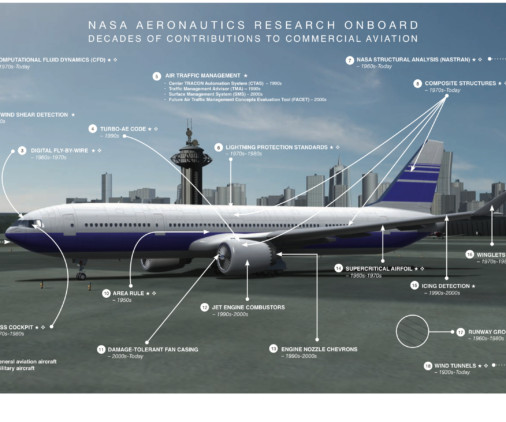Step-by-Step Guide: How to Land a Piper Seminole Safely
Pilot's Life Blog
JANUARY 5, 2025
Approach speeds typically range from 80 to 90 knots depending on weight and flap settings, while full flaps are often used to provide the necessary lift during landing. Understanding these features will help you perform a controlled and safe landing, ensuring you manage the aircrafts speed, altitude, and approach angle appropriately.













Let's personalize your content